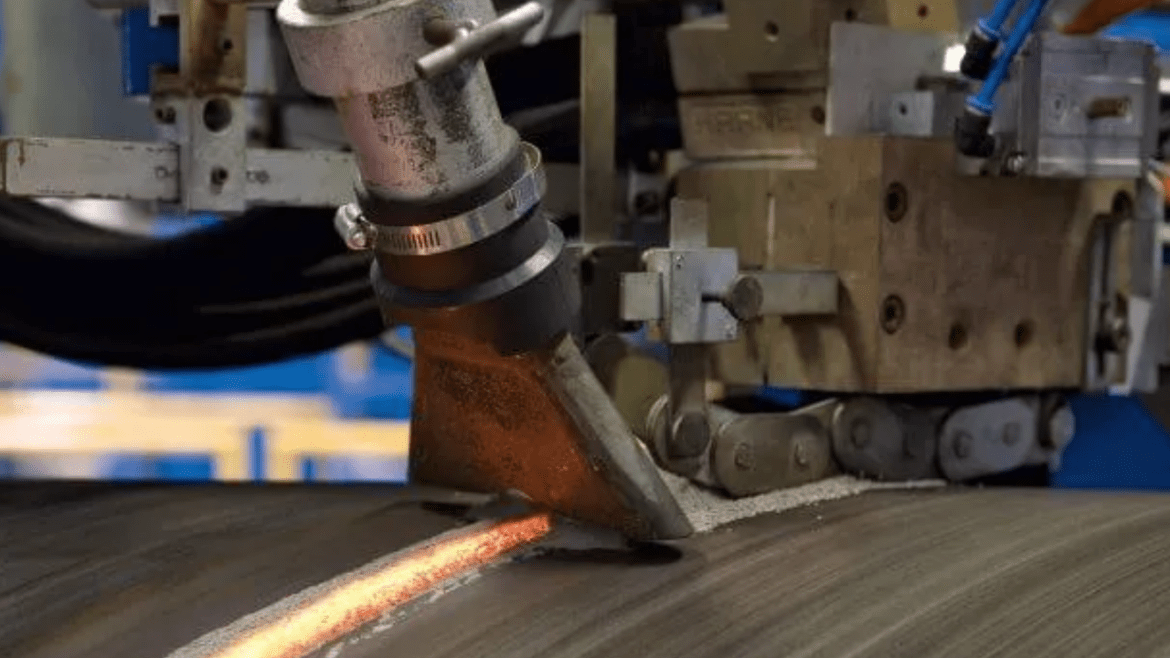Seamless steel pipes are cylindrical tubes made without welding seams, resulting in a continuous and uniform construction. Piercing a solid cylindrical billet creates a hollow tube, which is then elongated to attain the appropriate length and dimensions. This process removes the need for welding, resulting in pipes that are stronger, more durable, and have a smooth, uniform surface.
Seamless steel pipes are widely used in a variety of industries due to their outstanding qualities. They are very resistant to pressure, corrosion, and temperature changes, making them suitable for conveying fluids, gases, and solids. The elimination of weld seams removes possible weak places, which improves the seamless steel pipe overall structural integrity and durability. Commonly made in a range of grades and alloys to meet individual project specifications.
Challenges Associated With Seamless Steel Pipe
Seamless steel pipes are widely used in a variety of industries due to their exceptional properties, such as strength, durability, and resistance to corrosion. Despite their numerous benefits, these pipelines are not without obstacles. In this article, we’ll look at the potential concerns with seamless steel pipes, including manufacture, installation, and maintenance.
Manufacturing Complexities
Making seamless steel pipes requires complex production procedures. The absence of welding seams, a distinguishing feature of seamless pipes, necessitates tight control over the whole manufacturing process. Any change in temperature, pressure, or material quality can cause faults, jeopardizing the pipe’s structural integrity. Maintaining consistent wall thickness and diameter down the length of the pipe is a significant difficulty in seamless pipe manufacturing.
Material Selection and Quality Control
Selecting the appropriate materials for seamless steel pipes is crucial. Variations in alloy composition and impurities can have an impact on the pipe’s mechanical qualities and corrosion resistance. Quality control during manufacturing is critical for identifying and eliminating inferior materials. Inconsistent material quality can result in premature pipe failure, create safety issues, and raise maintenance costs.
Cost of Production
Seamless steel pipes are typically more expensive to manufacture than welded pipes. Complex production techniques, such as rotary piercing and elongation, necessitate the use of specialized equipment and trained labour. Higher production costs might have an impact on the entire project budget, influencing the selection of pipe materials for a certain application.
Limited Size Range
When compared to welded pipes, seamless steel pipes have a smaller size range. The manufacturing method limits the dimensions that may be produced economically. This constraint may cause issues in applications that demand exceptionally big or small-diameter pipes, leading engineers to look into alternative solutions or welding multiple pipes together.
Surface Finish and Inspection Challenges
A smooth and defect-free surface finish is essential for seamless steel pipes. Surface imperfections, including cracks or pits, might jeopardize the pipe’s structural integrity and corrosion resistance. Inspecting seamless pipes for these faults necessitates advanced non-destructive testing techniques, which raises overall production costs. Detecting and correcting surface flaws can be difficult, particularly in large-scale production operations.
Complex Installation Procedures
Installing seamless steel pipes can be more difficult than welding pipes, especially in applications with elaborate layouts or confined locations. The absence of weld seams removes possible weak places, but it necessitates careful design and execution during installation. Specialized equipment may be required for handling and joining seamless pipes, complicating the construction process.
Environmental Considerations
The manufacture of seamless steel pipes requires energy-intensive operations, which adds to environmental problems. The mining of raw resources, such as iron ore and coal, and the production process all emit greenhouse gases. As sustainability becomes a priority in construction projects, the environmental impact of seamless steel pipe manufacture must be addressed using novel technology and techniques.
Corrosion Protection Challenges
While seamless steel pipes are inherently corrosion-resistant, they are not immune to the effects of harsh environments. Corrosion protection measures, such as coatings and cathodic protection, may be required in specific applications, but ensuring the effectiveness and durability of these protective measures can be difficult, especially in environments with high humidity, chemical exposure, or abrasive conditions.
Summary
Seamless steel pipes have many advantages, making them a popular choice in a variety of industries. Understanding and addressing potential difficulties is critical to the long-term viability of projects employing seamless steel pipes. Engineers, manufacturers, and project managers must work together to develop new solutions and best practices to address these difficulties, assuring the long-term reliability and efficiency of seamless steel pipe applications.
